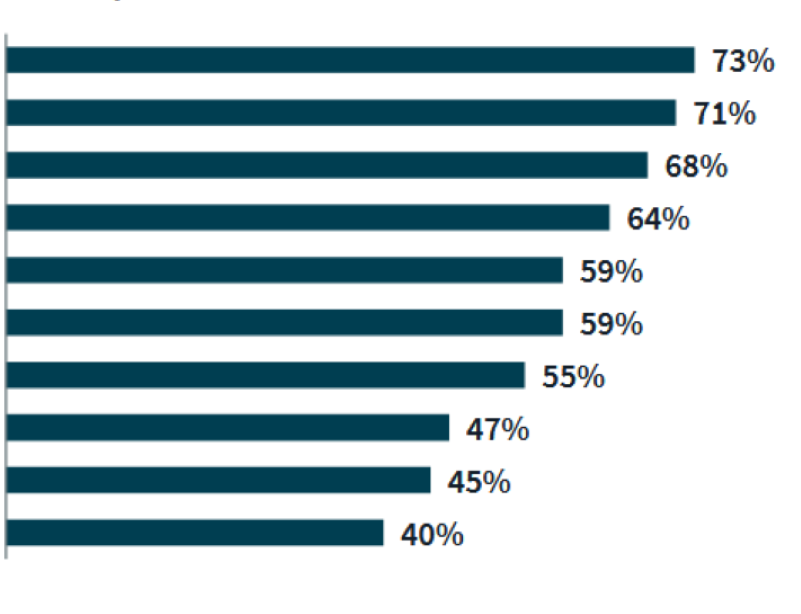EB-5 and Real Estate: 5 Things You Need to Know
This recently reauthorized program has some new regulations and restrictions, according to Reid Thomas of JTC Americas.
For more than 30 years, the EB-5 Immigrant Investor Program has provided an incentive for foreign investors to put capital toward job-creating commercial enterprises in the United States. EB-5 has been particularly helpful in providing capital for real estate projects that employ local residents in high-unemployment areas.
Many immigrant investors had to put their investments on hold after June 30th, 2021, when the EB-5 Regional Center Program expired. Thankfully, a new bill has resurrected the program and provided a way for these investors to be a source of capital for much-needed projects in the United States.
The EB-5 Reform and Integrity Act of 2022 reauthorized the Regional Center Program through Sept. 30, 2027. Along with reauthorization, the bill features a number of changes, including a host of new rules and integrity measures regarding necessary disclosures and how funds should be handled.
Before pursuing EB-5 capital, here are a few things to know about the new law:
- Not everything has been worked out yet
While the bill contained a lot of thorough information, not all elements were precisely defined, forcing the industry to wait for clarification. Since the bill’s passage, some new regulations have been released, but others may take some time. As the details behind the rules are still being worked out, moving forward with new or existing projects can be complicated. There are, however, a number of things Regional Centers can make progress on safely with the right approach, including promoting projects and collecting source of funds documentation.
- All regional centers need to re-certify
Previous Regional Center designations that were approved prior to the new law have been repealed, and therefore those Regional Centers are currently not authorized. To receive designation under the new law, Regional Centers must provide a proposal in compliance with the new program requirements prior to accepting investors into EB-5 projects.
- Rural developments are about to become extremely popular
One of the most notable changes in the bill was the creation of reserved visas: 20 percent of EB-5 visas in each fiscal year will be reserved for those investing in rural areas, as well as 10 percent for high-unemployment areas and 2 percent for infrastructure projects.
That 20 percent is a big deal for investors stuck with long wait times because they come from countries of high demand such as China. Investing in a rural area could be a way for them to “skip the line,” so many in the industry are anticipating increased demand for rural projects.
- Investment amounts are going up
For new filings, the minimum investment amount is now $1,050,000, unless the investment is made in a Targeted Employment Area (such as the aforementioned rural, high-unemployment, and infrastructure projects), in which case the minimum investment is $800,000. These increased amounts mean more capital per investor, but also mean that investors have more at stake, and protecting those investments will be extremely important to them. Because of this, transparency will be key.
- Compliance with new integrity measures will be of the utmost importance
Investors have more riding on these projects than just their money—their immigration status also depends on all regulations being followed to the letter. This means Regional Centers should work with an experienced fund administrator to track, verify, and approve all transactions—as well as to ensure all necessary documentation regarding job creation is provided and that funds are properly handled.
“EB-5 has long been a great source of capital for real estate developments, and that’s still true under this new law,” said Adam Blackman of Cleveland International Fund, which has invested more than $280 million in successful projects thanks in large part to EB-5 immigrant investors.
“However,” he added, “that’s only true if the developer works with an experienced team that knows how to navigate the nuances of the new rules. Industry leaders can still thrive, and working with partners like JTC Americas will be a huge part of that.“
Reid Thomas is Chief Revenue Officer and Managing Director of JTC Americas, the North American division of JTC Group.








You must be logged in to post a comment.